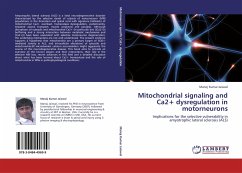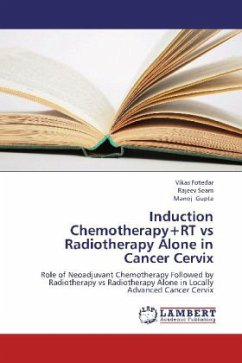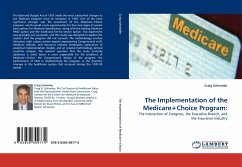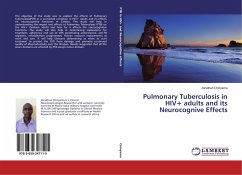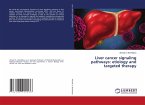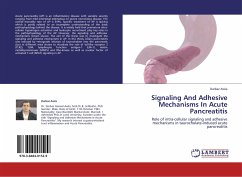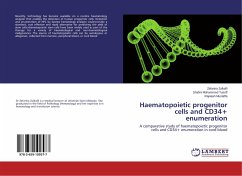Amyotrophic lateral sclerosis (ALS) is a fatal neurodegenerative disorder characterized by the selective death of subsets of motorneuorn (MN) populations in the brainstem and spinal cord with signature hallmarks of mitochondrial Ca2+ overload, homeostasis dysregulation, excitotoxicity, impaired axonal transport, muscle weakness and paralysis. Although disruptions of cytosolic and mitochondrial Ca2+ (in particular low ([Ca2+]i) buffering and a strong interaction between metabolic mechanisms and [Ca2+]i) have been associated with selective motoneuron degeneration, the underlying mechanisms are not well understood. The present evidence supports a hypothesis that mitochondria are a primary target of SOD1-mediated toxicity in ALS, and intracellular alterations of cytosolic and mitochondria-ER microdomain calcium accumulation might aggravate the course of this neurodegenerative disease. This book aims to provide an overview of the known players and their interactions, their role in theselective MN loss, recent advances in this field and a detailed discussion about what has been learned about Ca2+ homeostasis and the role of mitochondria in MNs in pathophysiological conditions.
Bitte wählen Sie Ihr Anliegen aus.
Rechnungen
Retourenschein anfordern
Bestellstatus
Storno

